In March, the petrochemical industry was faced with an unprecedented crisis. The OPEC+ deal failure coincided with the introduction of quarantine measures amid the coronavirus pandemic. The record drop in oil prices was followed by a 60% contraction in demand for feedstocks. The situation started to pick up only in May, with prices for hydrocarbons and demand for processed hydrocarbons climbing back up. These unique market conditions had a direct impact on various petrochemical segments and introduced factors that caused a sea change in key trends.
Petroleum products: price fluctuations
Just like the broader market, this segment saw the record slump in spring and is only now beginning to recover. One of the casualties of the coronavirus pandemic and the lockdown that followed was naphtha, the demand for which plunged. According to Argus, in March the naphtha cargo price in Northwestern Europe fell to as low as USD 122/t, hitting the low-water mark since 1999. The drop occurred against a backdrop of plummeting demand from petrochemical companies and petrol producers. In May, the prices began to grow, and in June some market players attempted to replenish feedstock inventories at lower prices, which led to an increase in the prices and demand. However, experts doubt this trend will persist.
Just like the broader market, this segment saw the record slump in spring and is only now beginning to recover.
The drop occurred against a backdrop of plummeting demand from petrochemical companies and petrol producers
The liquefied petroleum gas (LPG) market followed a similar pattern: a sharp fall to all-time lows at the outset of spring, then a rebound and recovery. In March and April, the LPG price on the Saint-Petersburg International Mercantile Exchange plunged to RUB 10,000–13,000 per tonne, but starting 10 June the asking price per tonne was already over RUB 35,000, up 36% year-on-year. According to experts, the fall in April was caused by consumers’ push to minimise their inventories and thus avoid problems with sales in an unstable economic environment. Just a month later, these same consumers were building their LPG inventories back up again due to low prices and the recovering economy. As a consequence, there was a surge in feedstock prices.
According to Chem-Courier, in June the contract price for benzene in Europe was USD 320–325 per tonne, and just in April Russia’s benzene cost USD 189 per tonne. There were similar pricing dynamics for petrol, jet fuel and other petroleum products.
Such price fluctuations came as a result of decreased exports in a number of areas. For example, RUPEC reports that LPG exports to China dropped by 29% (5.3 mt vs 3.8 mt in Q4 2019 and Q1 2020 respectively). To compensate for the decline, a number of domestic producers started to optimise their supply geography. SIBUR was the first Russian company to start exporting LPG to India.
Polymers: growth in healthcare
The polymer market was under the same pressure. According to the Federal State Statistic Service (Rosstat), in the first four months of 2020 prices for plastics in primary forms lost 17% domestically and 22% on export lines.
A number of Russian companies were able to maintain high operating performance throughout the pandemic. This was made possible thanks to higher demand for polymers from suppliers of plastic packaging, medical products and nonwoven materials for PPE.
One of the casualties of the coronavirus pandemic and the lockdown that followed was naphtha, the demand for which plunged. In March the naphtha cargo price in Northwestern Europe fell to as low as USD 122/t, hitting the low-water mark since 1999
Among the most affected segments during the crisis were PVC and ABS plastics. The automotive industry and construction are big consumers of these polymers, and both saw significant setbacks in Q2 2020. Rosstat reports that passenger car manufacturing in April was down 79.2% year-on-year. Consumer goods, electronics, and packaging industries that use HDPE, LLDPE, LDPE, PP, and PET suffered a lighter blow.
However, not all sectors were hurting. A number of Russian companies were able to maintain high operating performance throughout the pandemic. This was made possible thanks to higher demand for polymers from suppliers of plastic packaging, medical products and nonwoven materials for PPE. An important driver here was the fact that in contrast to their foreign counterparts Russian companies did not stop production during the quarantine.
As a result, over the first four months of 2020, domestic polypropylene (PP) production increased by 26%. The bulk of the growth came from SIBUR’s new petrochemical facility ZapSibNeftekhim. A poll among market participants revealed that the demand for polymer packaging (including PET containers) grew by 15–20% in March and April. This caused a rally in the Russian polyethylene terephthalate (PET) market and led to higher feedstock prices.
The easing of COVID-related restrictions spurred demand for low-density polyethylene (LDPE). According to Market Report Company, this caused scarcity of some grades and a spike in their prices.
The bulk of the growth domestic polypropylene (PP) productioncame from SIBUR’s new petrochemical facility ZapSibNeftekhim.
Wood Mackenzie estimates that global demand for polyolefins will see a 2.7% decline year-on-year, shrinking by 3.3 mt in 2020. The experts believe that it may recover to the level of 2019 as soon as 2021.
As a result, over the first four months of 2020, domestic polypropylene (PP) production increased by 26%. The bulk of the growth came from SIBUR’s new petrochemical facility ZapSibNeftekhim
The situation looked a bit dire for the rubber market, given the downturn for their biggest consumer – the automotive industry. However, the pandemic stimulated demand for rubbers from manufacturers of medical products and gloves, which partially offset the drop-off in consumption in the tyres segment. Before the pandemic, demand for nitrile gloves in Russia stood at 1–1.2 billion pairs, which grew to 4 billion pairs in the two months of spring.
The Association of Natural Rubber Producing Countries (ANRPC) forecasts that the global rubber production in 2020 will decrease by 4.7% (or 300,000 t) to 13.13 mt. The association’s analysts expect the market to gradually return back to growth following the crisis.
Plastic recycling is losing momentum
Lower cost of polymers has put a damper on their recycling, calling into question its profitability. In some cases, it became cheaper to use primary plastics. On top of that, there has been a big shift in the perception of plastic, with the pandemic showing disposable items to be safer than reused ones in terms of preventing the spread of the disease. In Europe, polymer recycling is mandated by law, but Russian processing companies have it much harder.
“The big decline in the construction market, which is the main consumer of recycled granules, has caused a 50–60% contraction of demand. The cost of primary feedstock is going down fast, in some cases making it far cheaper to use compared to recycled materials. To survive in the market that has a surplus supply of recycled granules, you have to carefully sel ect feedstock and suppliers, as well as optimise production at every stage,” says Kirill Kuskov, Head of Recycled Polymers at ChemPartners.
EIA forecasts that consumption of oil will decline by 8.3 million barrels per day (413 million tonnes per year) as compared to 2019.
The coronavirus pandemic also led some to revise their long-term strategies, for example the EU and its plans regarding plastic packaging waste recycling. Rational use of polymers is a priority for European governments. In 2025, the EU members planned to recycle 55% of used plastic packaging and 77% of bottles, and they agreed to achieve a 90% collection target for plastic bottles by 2030. Due to the crisis, these timelines may be revised.
The big decline in the construction market, which is the main consumer of recycled granules, has caused a 50–60% contraction of demand
Forecasts and strategies
EIA analysts expect that in 2020 Brent prices will average USD 38 per barrel, which is USD 26 down from the average in 2019, and that 2021 will see the Brent oil averaging USD 48 per barrel as inventories decline. As stay-at-home orders are eased, the demand will be bouncing back, and in Q3 2020 it will be down just 6.7 million barrels per day (83.5 million tonnes per quarter) year-on-year. EIA forecasts that consumption of oil will decline by 8.3 million barrels per day (413 million tonnes per year) as compared to 2019. Global oil demand will go up in 2021, but it will still be 1.1 million barrels per day (57 million tonnes per year) below the level of 2019. EIA does not factor in the risk of a second epidemic wave.
The future of the polymer market is harder to predict. According to Andrey Kostin, Head of RUPEC, the industry is yet to feel all the repercussions fr om the crisis. Making the situation much harder is the lack of clear forecasts on how the pandemic is going to play out. Peter Tikhonov, Head of Strategic Procurement at TechnoNICOL’s Bituminous Membranes and Granules business unit, says that going forward the industry will still depend on the virus situation and respective restrictions imposed both inside and outside the country.
According to analysts, it is too early for an objective assessment and projections, because the underlying processes are still nascent. “New market laws, equilibrium – we need to wait at least a year and a half before discussing these things. During that time, there will be new developments that we can’t yet forecast. They will reformat the industry and change the market structure. The balance will come somewhere in the beginning of 2022, I think,” said Andrey Kostin.
Global oil demand will go up in 2021, but it will still be 1.1 million barrels per day (57 million tonnes per year) below the level of 2019
The challenging environment petrochemical companies find themselves in today has caused a fundamental change in their business strategies. Before, they were planning on a ten-year horizon, now it is limited to 50 days. The priorities are survival and catering to the healthcare system. “In the last months, we have transitioned to weekly budgeting, planning and control of the main indicators. This helps us respond to changes quickly, discuss and implement approaches for addressing the current problems, and take advantage of the opportunities that arise even in these difficult times,” said Miron Gorilovsky, CEO of POLYPLASTIC Group.
Heads of petrochemical companies agree that flexibility, situational awareness and smart decision-making are the three pillars that will see players through this difficult period.
At the same time, the fall in demand for petroleum products has accelerated the trend towards integration of oil refining and petrochemicals, which provides a hedge against fluctuations in feedstock prices and helps find a guaranteed buyer for a portion of the output.
In their own words
“Our business is currently enjoying relative stability. We did see a slowdown in business activity in April and May, which inevitably affected our performance. However, there was no huge collapse, so we were able to adapt to new conditions and ensure a decent level of service and support for our clients.
We are still going to remain at the mercy of the virus and the associated restrictions. It is impossible to tell if there’s going to be a second wave or when it’s going to come, but we are optimistic about the future. With the financing of federal and regional infrastructure projects having remained at the same level, we have been registering higher activity since mid-May and predict a further growth in summer.
Going forward, a great deal is going to depend on the rate at which the global economy and its sectors recover, the vaccine efforts, and the government’s support measures for the economy.”
“Some projects are going to be postponed or have adjustments made to their schedules, others will be expedited. Flexibility in responding to the changes in consumption is paramount.
PolyER's wide product range and capacities have enabled us to accommodate new demand in both wholesale and individual packaging sectors in a quick and efficient manner.
We have demonstrated high efficiency of planning, changed our risk assessment criteria and methods of managing payables and receivables.”
“We have laid a strong foundation for growing our product range. Over the past years, we have been expanding our assortment of grades, and are currently refining formulas and doing trials. We have switched to a more environmentally friendly fire retardant in the production of expandable polystyrene (EPS) and are working towards producing more new grades of ABS plastics.
As for construction, this is a special segment. During the period of stoppages in April the EPS consumption fell by as much as 70% in some cases, according to various estimates.
On an annualised basis, we expect a 20–30% decrease in EPS demand and forecast the start of its recovery in the second half of 2021.”
“We have developed stress scenarios (including one for a catastrophic collapse) for 2020–2021. This helps to map out control points and gain an understanding of when and how to react to market changes. And for our partners, which include banks, this is a good way to keep abreast of new developments and lower the degree of uncertainty.
We have made the decision to slow down our investments and to suspend the financing of certain projects and programmes. Around 35% of our investments have been put on hold until the situation with demand and other market factors clears up. We hope that positive trends and scenarios materialise and allow us to resume our suspended investment programmes.
When it comes to sales, we are sticking to a proactive approach that sees us leaning aggressive and snatching up all we can get our hands on. This is combined with a more focused and careful approach to pricing. We have become more flexible in terms of reacting to the needs and circumstances of our clients, finding mutually beneficial cooperation arrangements.
There needs to be continued financing for federal programmes, which will in turn buoy the country’s economy
So far, the market has evaded a big collapse, but given the decline of the Russian economy, we predict a slump in Q3–Q4 2020. If the government doesn’t step in, this is going to be an extremely challenging period, primarily for our main consumers – construction and utilities. There needs to be continued financing for federal programmes, which will in turn buoy the country’s economy and businesses, the construction industry, regional economies, and the current infrastructure upgrade programmes and concession-based projects.
It is still possible for pessimistic scenarios to materialise, which include a second coronavirus wave in autumn, but still, we remain cautiously optimistic and try to factor in both risks and opportunities. The previous crises of 1998 and 2008 were also filled with trials and tribulations for our industry, but they shaped much of what has helped our group to climb to the top of the polymer pipe market.”
Download PDF

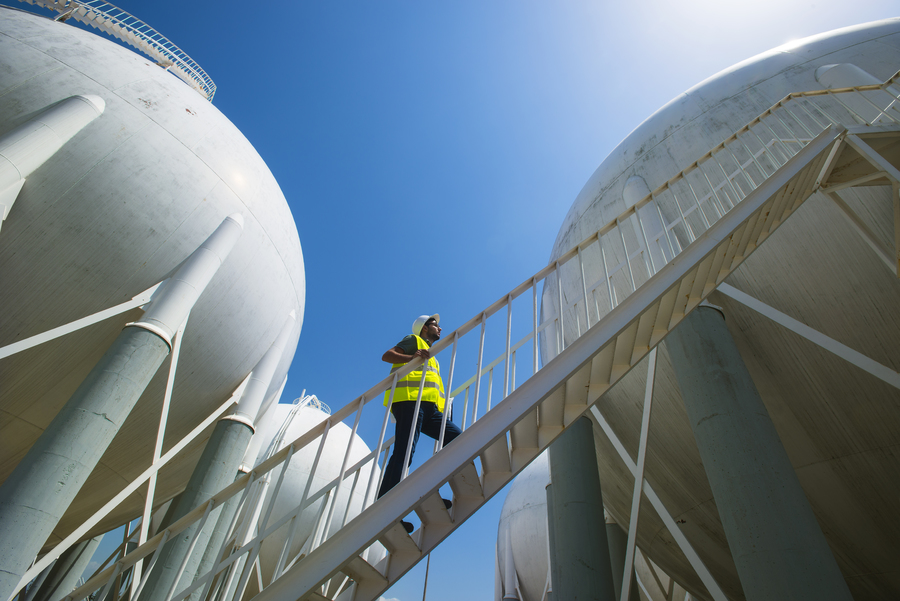
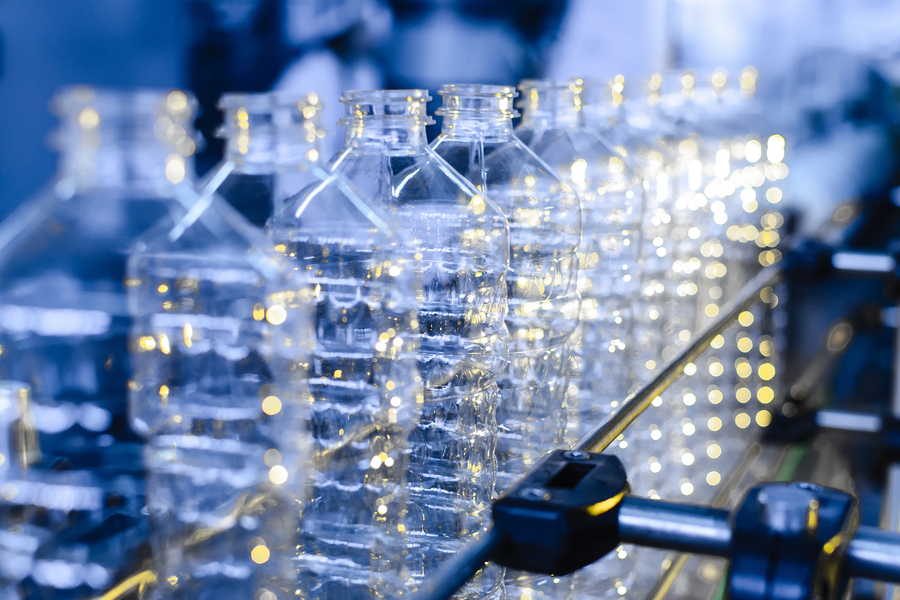
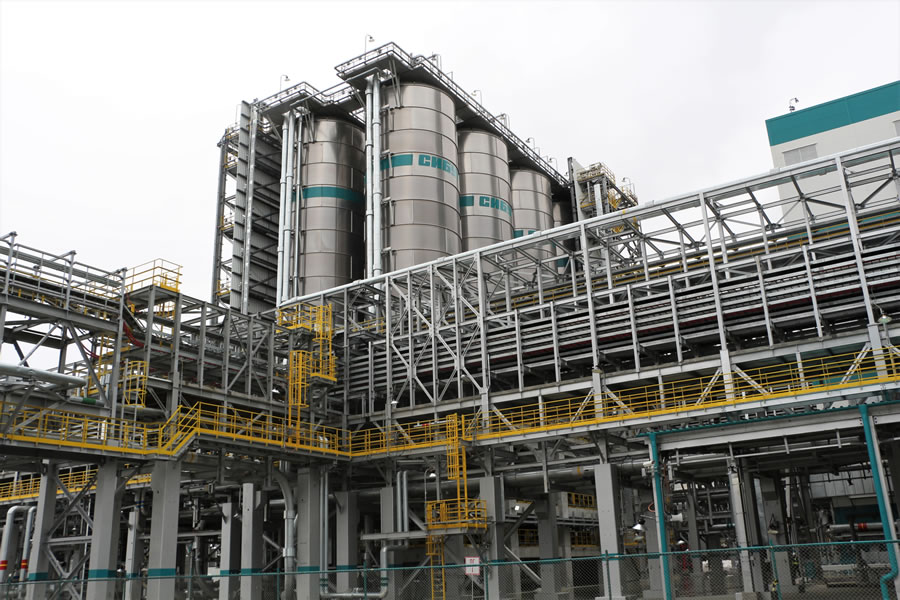
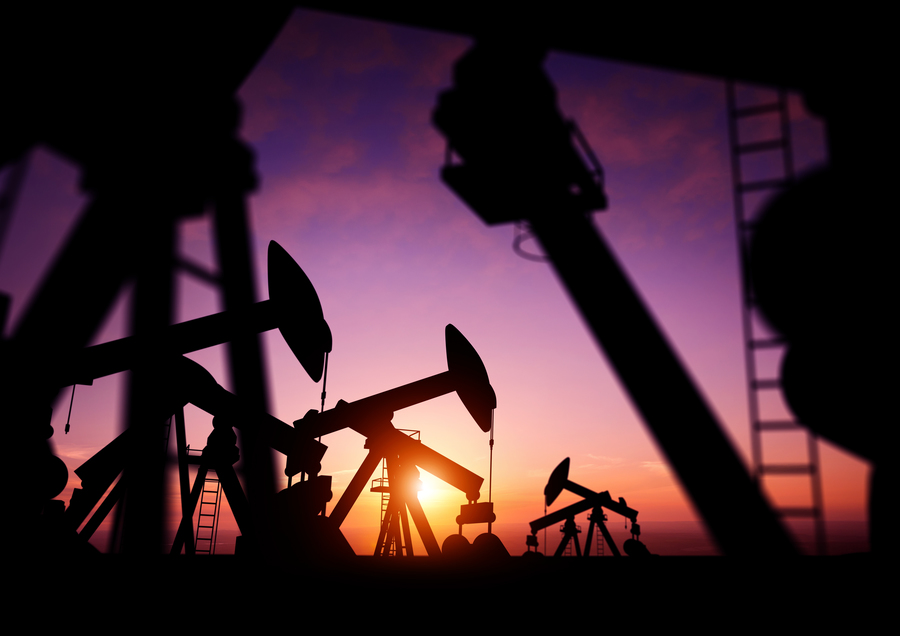



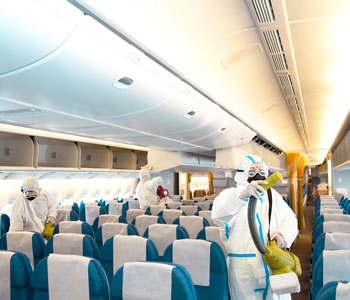
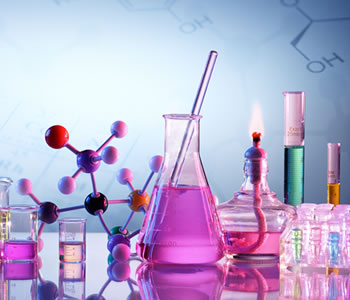
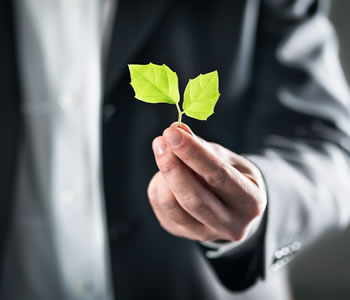
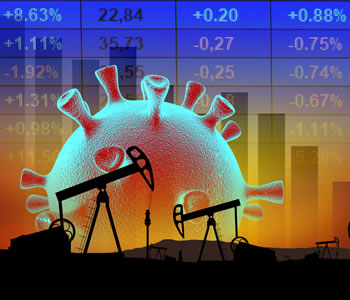

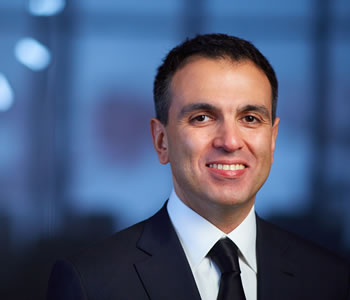
Peter Tikhonov
Head of Strategic Procurement at TechnoNICOL’s Bituminous Membranes and Granules business unit